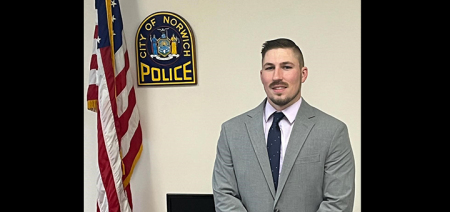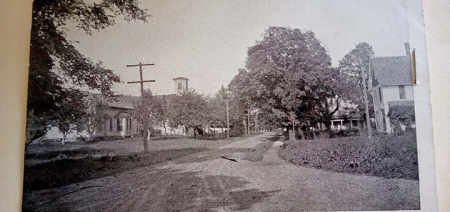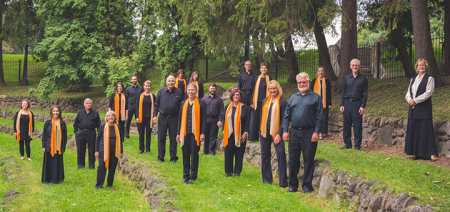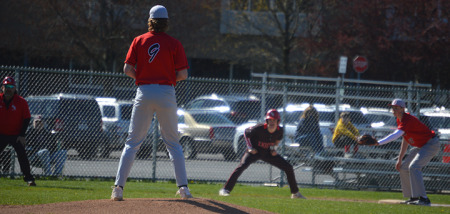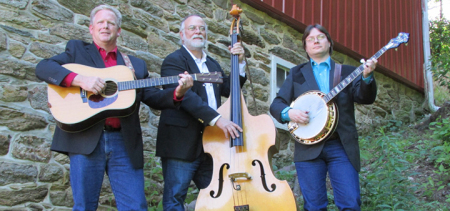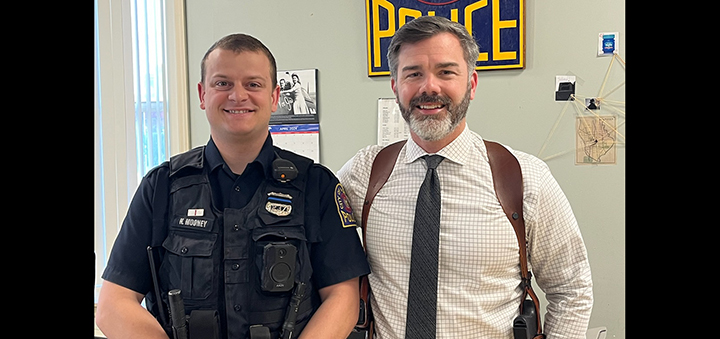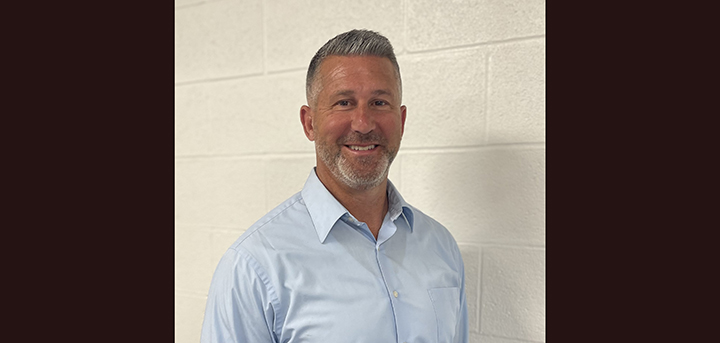Tilting At Windmills: The Apple Of My Eye
Published:
August 18th, 2023
By:
Shelly Reuben
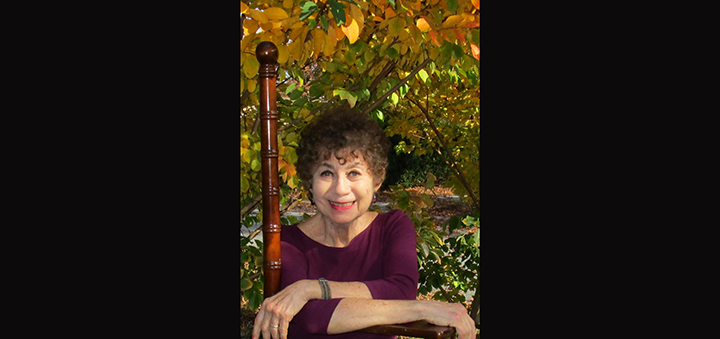 Shelly Reuben
Shelly Reuben
As we inch toward the end of summer, apples are waving frantically from the wings, trying to get our attention and demanding to be spotlighted on the stage.
Apples.
Their names are edible poetry: Pink Lady. Hidden Rose. Cameo. Sweet Sixteen. Fuji. Lemon Pippins. Shamrock. Liberty. Ambrosia. Autumn Glory. Smitten. To say nothing of the old standbys: Granny Smith. Cortland. Honey Crisp. Red Delicious. Gold Delicious. Rome. Gala. McIntosh.
Coat an apple in hot caramel, roll it in chopped nuts and ... Voilà ... you have childhood on a stick.
Pick it, wash it, sort it, squash it, ferment it, filter it, bottle it, pasteurize it, and like your great grandfather (wearing bib overalls and smoking a corn cob pipe), you’ve made apple cider.
I like to slice my apples thin and add them to my chicken sandwiches. Or chop them and toss them into my cucumber, tomato and walnut salads. Or, best of all, core them, smother them in butter, cinnamon, and sugar, and bake them until the entire kitchen smells like Apple Heaven.
I also like to sit under a leafy ancient tree and wait for William Tell to shoot an apple off my head.
Okay. That last was a lie. But there are stories about a man and his apples that are essentially true, but so farfetched, they strain the imagination.
I am speaking, of course, about Johnny Appleseed.
Was he real? Was he a myth? Did Walt Disney create him for his 1948 movie “The Legend of Johnny Appleseed” the way he created Mickey Mouse, Pluto, Goofy, and Donald Duck? Or was he once a living, breathing, and extremely unconventional human being.
This is what I found out.
The man we know as Johnny Appleseed was born John Chapman in Leominster, Massachusetts on September 26, 1774 … about two years before the start of the American Revolutionary War.
According to snippets of lore that have stuck in my head over the years, Johnny Appleseed wandered across the country, a burlap sack filled with apple seeds slung over his shoulder as he distributed them over the countryside, like a farmer’s wife tossing kernels of corn to squawking chickens in a barnyard.
Also, per legend, he wore a tin pot on his head, rags on his body, and callouses on his shoeless feet.
So, what’s true, and what is not?
First of all, benevolent as Johnny may have been, he was trained as a nurseryman, and he did not give away his product free. On occasion, he gave seeds to those who could not afford to buy them, but essentially, he was an entrepreneur. The apples he planted were harvested to make hard cider (rather than sweet, delicious eating apples), and his modus operandi was to stomp over hill and dale, anticipating where pioneers would settle, and planting much-needed nurseries as a fait accompli before they arrived.
Nurseries, mind you. Not orchards.
He fenced each in, and before he moved on to another spot to buy up land and establish yet another nursery (always in advance of the homesteaders), he enlisted the aid of a neighbor to tend to the trees in his absence. Every year or so, he would return to do whatever nurserymen did to maintain their crops (although he did not believe in grafting).
Despite Johnny Appleseed’s business acumen, many of his purported eccentricities were factual. He did wear rags. By choice. Not necessity. He was bearded, barefoot, and a friend to all living things. According to Henry Howe, who roamed the countryside collecting stories about Johnny Appleseed when the legend was still alive, he “lighted a campfire in the woods, and seeing that mosquitos were flying into the blaze, doused it in water, exclaiming, ‘God forbid that I should build a fire for my comfort, that should be the means of destroying any of his creatures’.”
Although the Disney movie portrayed Johnny Appleseed as a man always carrying a Christian bible, he was actually a missionary for the Swedenborgian religion, which (if I got this straight) preached that heaven could be achieved on earth through a life of useful service.
Meaning that not only was it Johnny Appleseed’s mission to plant trees, it was also his mission to plant the seeds of his religion. All of which is presently beside the point, because the point is APPLES.
It’s true that some are harvested as early as July, but for most, the bell ringing their readiness to be picked and eaten chimes in late August through October. It is then that you will be delighting in Empire, Honey Crisp, McIntosh, Jonathan, Red Delicious, Snowsweet, Jubilee, and ... oh, so many other scrumptious varieties.
So roll up your sleeves, blow on your fingertips, and start to research where the biggest and the best, the nearest and the dearest, the most delicious and the most propitious apple fairs and apple fests are to be found. My favorite is in Greene, New York on September 30th. But I bet you can find others as good that are closer to your home.
Go ahead. Do it. It’ll be fun. Buy fresh cider, hot off “the press.” Get a candy or a caramel apple. Buy or make an apple pie. Buy or create one of the wonderfully creepy dried apple carvings that look like shrunken heads. Do it for your kids. Do it for your parents. Do it for your grandchildren. Do it for yourself.
Do it for Johnny Appleseed.
Copyright © Shelly Reuben, 2023. Shelly Reuben’s books have been nominated for Edgar, Prometheus, and Falcon awards. For more about her writing, visit www.shellyreuben.com
Author: Shelly Reuben - More From This Author
Comments
